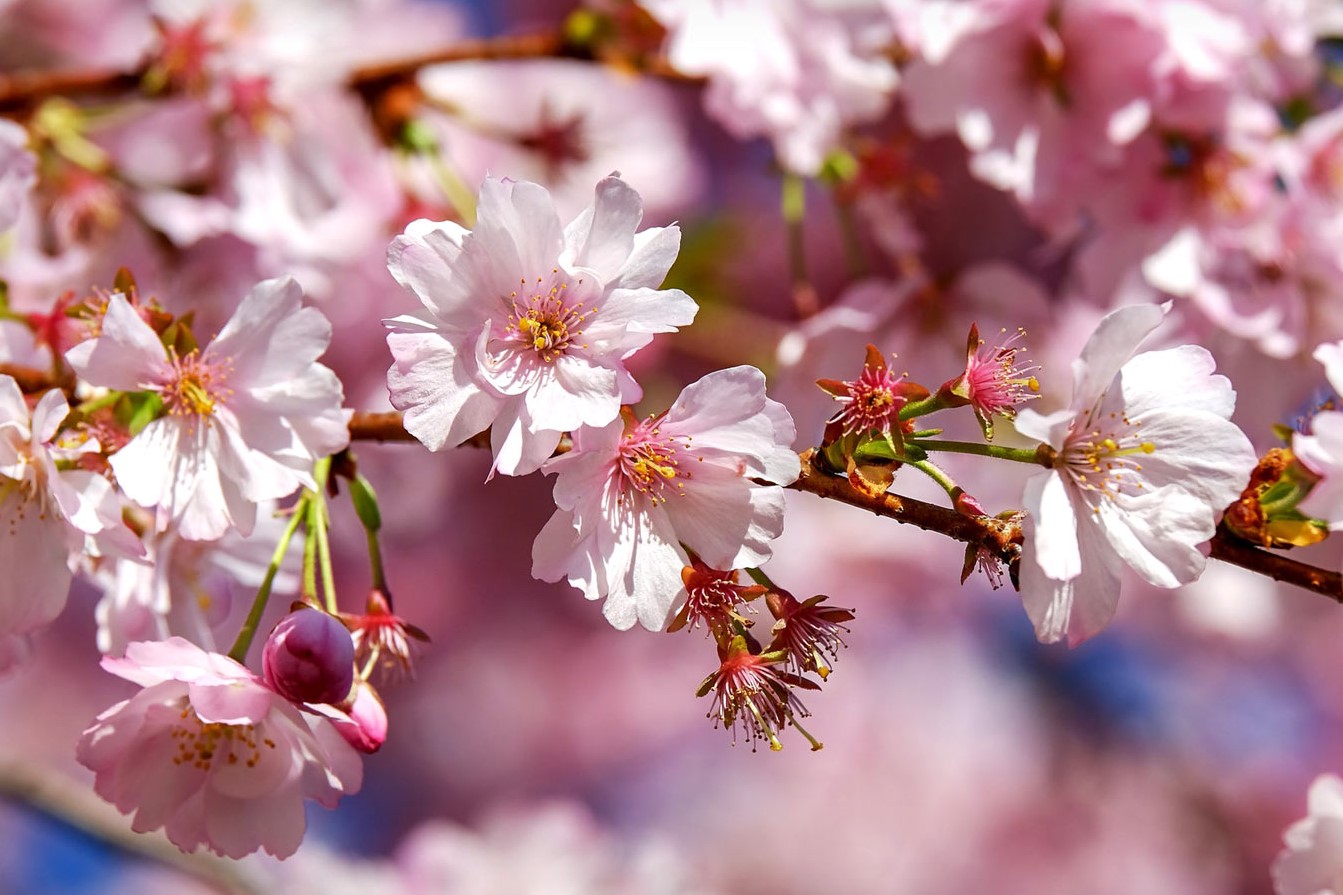The Hidden Messages Of Japanese Flowers

Have you ever wondered about the hidden messages of Japanese flowers? In Japan, flowers carry deep meanings and emotions. Each bloom tells a story, from love and friendship to apologies and gratitude. For example, the cherry blossom, or sakura, symbolizes the fleeting nature of life. Meanwhile, the chrysanthemum, or kiku, represents longevity and rejuvenation. Understanding these meanings can add a new layer to your appreciation of Japanese culture. Whether you're planning a trip to Japan or just love flowers, knowing the hidden messages of Japanese flowers can make your experience richer. Ready to learn more about these beautiful symbols? Let's dive in!
The Language of Flowers in Japan
In Japan, flowers carry deep meanings and emotions. Known as Hanakotoba, this floral language is a beautiful way to express feelings without words. Each bloom tells a story, making them perfect for special occasions or heartfelt messages.
Cherry Blossoms: A Symbol of Ephemeral Beauty
Cherry blossoms, or Sakura, are perhaps the most iconic flowers in Japan. They bloom briefly in spring, symbolizing the fleeting nature of life.
- Tokyo: Ueno Park is famous for its cherry blossom festival. Thousands gather to witness the pink petals.
- Kyoto: Maruyama Park offers a stunning view of a giant weeping cherry tree, especially illuminated at night.
- Osaka: Osaka Castle Park provides a picturesque backdrop with its historic castle and cherry trees.
Chrysanthemums: The Flower of the Imperial Family
Chrysanthemums, or Kiku, represent longevity and rejuvenation. They are also the symbol of the Japanese Imperial Family.
- Tokyo: Shinjuku Gyoen National Garden hosts an annual chrysanthemum exhibition, showcasing various stunning varieties.
- Nara: The Nara National Museum features chrysanthemum displays during the autumn festival.
- Hiroshima: Shukkeien Garden is known for its beautiful chrysanthemum arrangements in the fall.
Wisteria: A Sign of Enduring Love
Wisteria, or Fuji, symbolizes long-lasting love and tenderness. These cascading purple flowers create enchanting scenes.
- Ashikaga: Ashikaga Flower Park is renowned for its massive wisteria trees, some over 150 years old.
- Tokyo: Kameido Tenjin Shrine offers breathtaking wisteria tunnels, perfect for a romantic stroll.
- Kyoto: Byodoin Temple's gardens feature lovely wisteria blooms, adding to the temple's serene atmosphere.
Camellias: Elegance and Perfection
Camellias, or Tsubaki, stand for elegance and perfection. They bloom in winter, bringing color to the cold months.
- Nagasaki: Glover Garden showcases a variety of camellias, reflecting the city's historical ties with Western culture.
- Kagoshima: Sengan-en Garden features numerous camellia bushes, offering a vibrant display against the backdrop of Sakurajima volcano.
- Tokyo: Hamarikyu Gardens provide a peaceful retreat with beautiful camellia blooms in the heart of the city.
Irises: A Symbol of Heroism and Protection
Irises, or Ayame, represent heroism and protection. They are often associated with the samurai and their bravery.
- Tokyo: Meiji Shrine's Inner Garden boasts a stunning iris garden, especially vibrant in June.
- Kanazawa: Kenrokuen Garden features a picturesque iris pond, blending seamlessly with the garden's traditional design.
- Kyoto: Ota Shrine is famous for its iris garden, where thousands of irises bloom in early summer.
Plum Blossoms: Resilience and Renewal
Plum blossoms, or Ume, bloom in late winter, symbolizing resilience and renewal. They are often the first sign of spring.
- Kyoto: Kitano Tenmangu Shrine holds a plum blossom festival, celebrating the arrival of spring.
- Tokyo: Yushima Tenjin Shrine is known for its beautiful plum blossoms, attracting many visitors in February.
- Fukuoka: Dazaifu Tenmangu Shrine features a vast collection of plum trees, creating a stunning display of pink and white blossoms.
The Beauty and Meaning of Japanese Flowers
Japanese flowers hold deep meanings and tell stories through their colors and types. Cherry blossoms, or sakura, symbolize the fleeting nature of life. Chrysanthemums stand for longevity and rejuvenation. Irises represent courage and admiration. Each flower carries a unique message, making them more than just beautiful plants. Understanding these meanings can enhance your appreciation of Japanese culture. Next time you see these flowers, remember their hidden messages. They offer a glimpse into the values and traditions of Japan. Whether you're visiting Japan or simply enjoying these flowers at home, knowing their significance adds a layer of depth to your experience. Japanese flowers are not just for decoration; they are a language of their own. Embrace the beauty and meaning behind each bloom.

